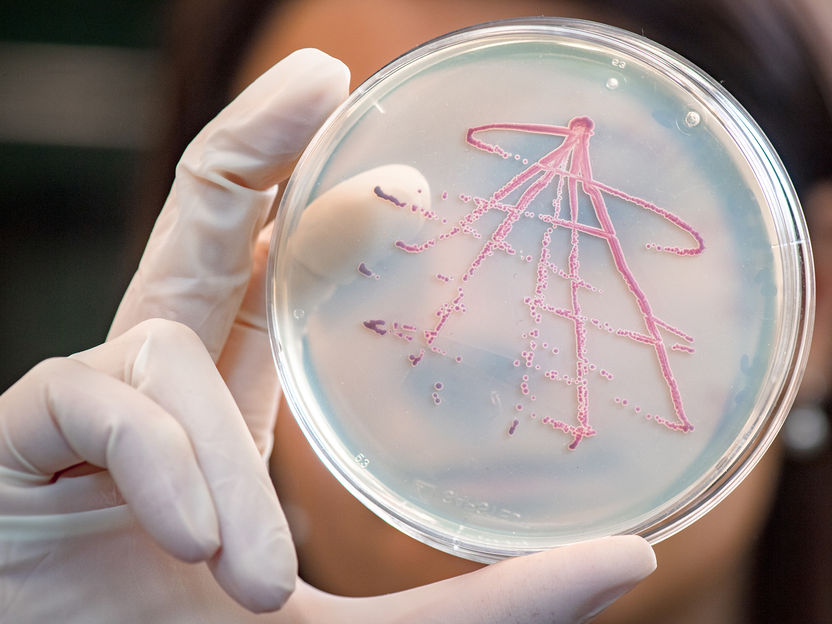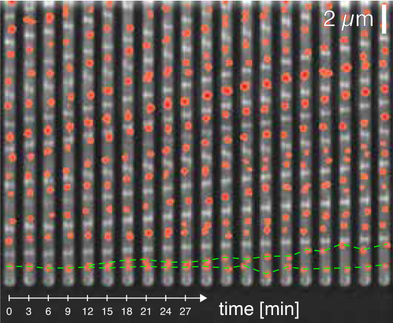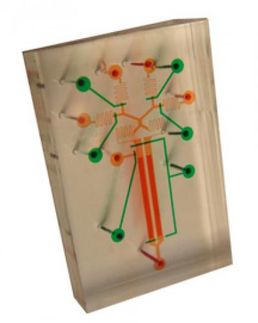The physiology of survival
For bacteria, the neighbors co-determine which cell dies first
Advertisement
bacteria do not simply perish in hunger phases fortuitously; rather, the surrounding cells have a say as well. A research team from the Technical University of Munich (TUM) has now discovered that two factors, above all, decide over life and death: the energy required to continue living and the efficiency with which surviving cells can recycle biomass from dead cells.

Bacterial culture
© Andreas Heddergott / TUM
The survival and growth of cells are central factors in biological systems. Scientists such as Ulrich Gerland, Professor for Physics of Complex Biosystems at the TUM, are therefore trying to understand how the molecular components interact to maintain the viability of a group of cells in stress situations.
The team led by Ulrich Gerland has now succeeded in identifying two crucial factors for the survival of a bacterium: the basic energy consumption of a cell and the quantity of energy that the surviving cells can gain per neighboring dead cell, measuring the biomass recycling efficiency.
Nutrients from neighboring cell cadavers
The researchers emulated an emergency situation in cells of the bacterium Escherichia Coli in which the bacteria were lacking sugar and other carbohydrates. The bacteria therefore had neither energy nor building materials available.
As the first cells died, the surviving cells tried to gain nutrients from the surrounding cell cadavers. The higher the energy turnover of a certain enzyme, the greater was the rate of mortality. The more they were able to recycle from dead cells, the higher was the rate of survival.
“Our findings make it possible to quantitatively determine the contributions of individual molecular components to the survival of bacterial cells, for the first time,” says Gerland.
Decay of viability as a collective phenomenon
Overall, there was an exponential decrease of surviving cells with time. In principle, such a development can be explained with the random perishing of individual cells, just like in radioactive decay which also has an exponential kinetics.
But the interrelationships are more complex, as the researchers found out when they changed experimental conditions. Decay in bacterial colonies is a collective phenomenon. The surrounding bacterial cells therefore co-determine whether a cell in their midst perishes or survives.
Mathematical analysis of survival
Changes to the mortality rate can arise from a wealth of genetic or ecological perturbations which influence the survival of bacteria. The balance which emerges is therefore different for each bacterium and each environmental condition.
In order to understand the dynamics, the researchers modelled the overall system of surviving bacteria mathematically. Then, they used this relationship to determine molecular contributions to the survival of cells.
Depending on the cell type, important molecular factors for the survival of cells can be identified, and this facilitates the discovery of enzymes or other proteins that determine the rate of survival.
“Our aim is to understand, systematically and quantitatively, how bacteria manage to survive in so many environmental conditions,” says Gerland. “It is the search for the physiology of survival.”




























































